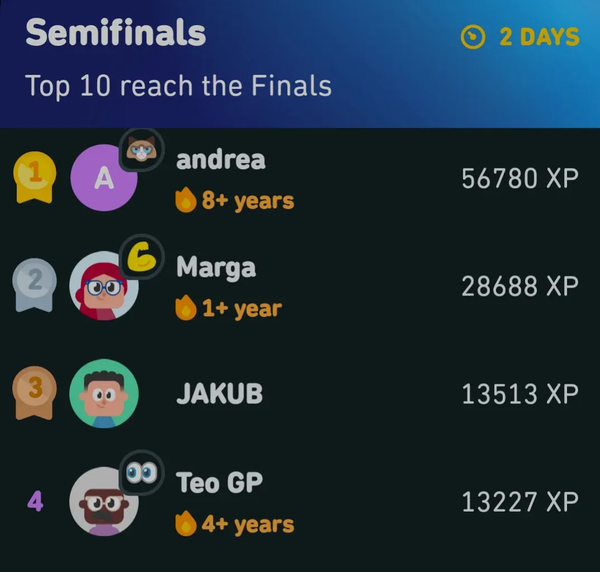Streak and Habit Forming
The success of Duolingo’s streak seems to have inspired many app teams. These days, we’re seeing streak features pop up in all kinds of products—from meditation to learning apps. But not all of them hit the mark.
Let’s explore why streaks can work so well on users like us, and what it actually takes to make a good one.
🧠 How Streaks Help Form Habits
To understand why streaks have such a strong hold on us, we need to look at the Habit Loop, a model made popular by Charles Duhigg in The Power of Habit.
The Habit Loop
Duhigg proposes that to form and strengthen a habit over time, you need three elements: a cue, a routine, and a reward.
- The cue triggers the routine.
- The routine leads to the reward.
- The reward seals the habit loop. Whether the reward is physical or emotional, it sends feel-good signals to your brain, saying, “This is worth repeating.”
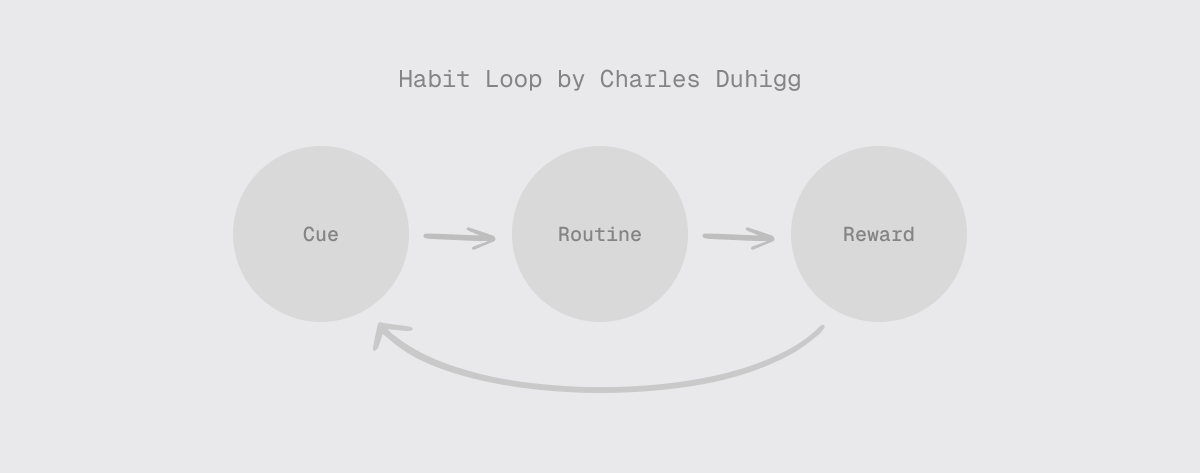
As the person repeats the loop overtime, the neural network for that routine strengthen until it runs almost automatically once the person receive the trigger. By then, we can say that they've formed a habit.
Where Does the Streak Fit In?
So where does the streak come in? Streak is the reward in this loop. It acts as a symbolic reward—the little fire sticker you get after completing a task.
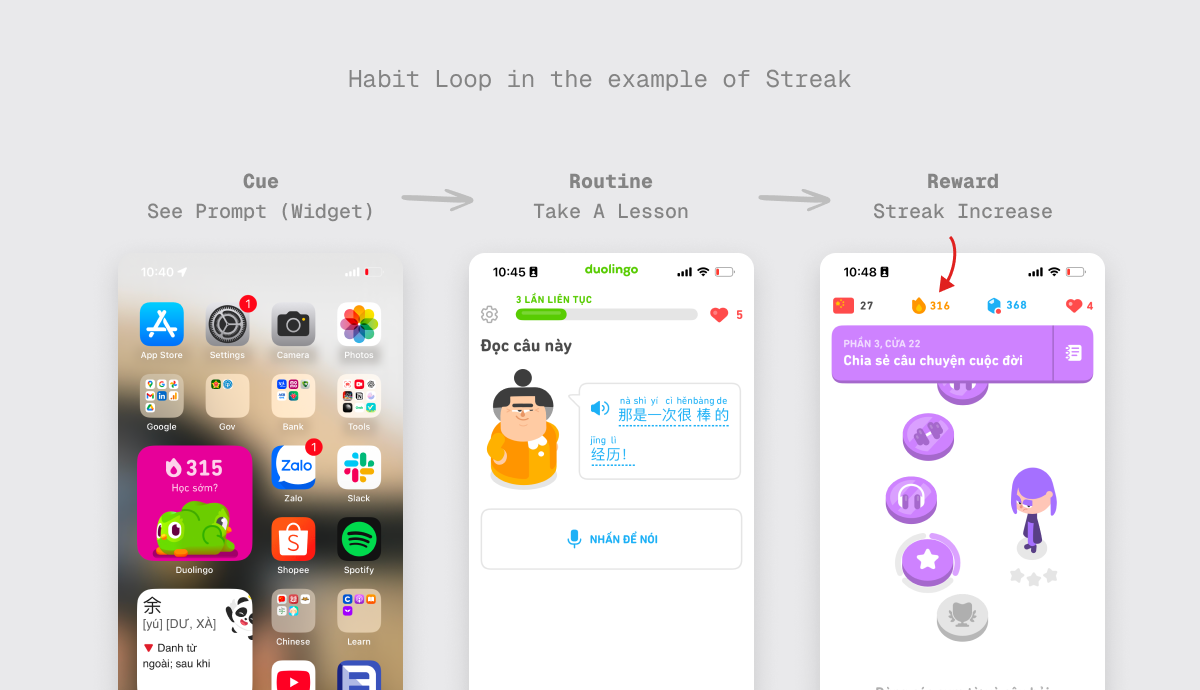
- It represents a sense of progress or accomplishment
- Identity reinforcement: It reinforces how we see ourselves: “I want to maintain my streak because I want to be seen (by others or myself) as a consistent or hard-working person.” This aspect becomes even more powerful in social apps like Duolingo, where your streak is visible to others. It’s not just personal pride anymore—it’s also public accountability and status.
Craving and Anticipation
One interesting thing about rewards is that over time, they create craving and anticipation. Once the habit loop is established, your brain starts craving the feeling even before the routine happens. You see the cue—and boom, your brain’s already imagining the payoff.
Just like you might salivate at the image of a juicy hamburger, you might also start to anticipate the feeling of pride and accomplishment when you fulfill your daily Duolingo lesson —or in my case, relieved I didn’t lose my streak 😆.
Loss Aversion
Once you’ve built up a significant streak, loss aversion kicks in—that’s the tendency to strongly prefer avoiding losses over acquiring gains. Suddenly, your streak becomes something valuable you don’t want to lose. You've spent weeks and months building up that streak, so now expending a few minutes to keep that streak going is a commitment you're willing to do.
What Makes a Good Streak Mechanic? Design Considerations
Even though streaks look simple, it actually takes a lot of thought to design and execute a good one. Here are a few things I think make a streak feature actually work:

1. Meaningfulness: Align It with User Goals
The streak needs to be tied to something the user actually wants. You can’t tempt people with rewards they don’t care about.
Tinder wants to motivate people to use the app daily, so they show a streak and frame it as a “consistency challenge.” But I think that behavior—logging in every day—is not always aligned with the user’s real goal: getting matches, going on dates, and eventually finding love. In fact, it might even backfire, encouraging unhealthy use without meaningful progress toward that outcome.
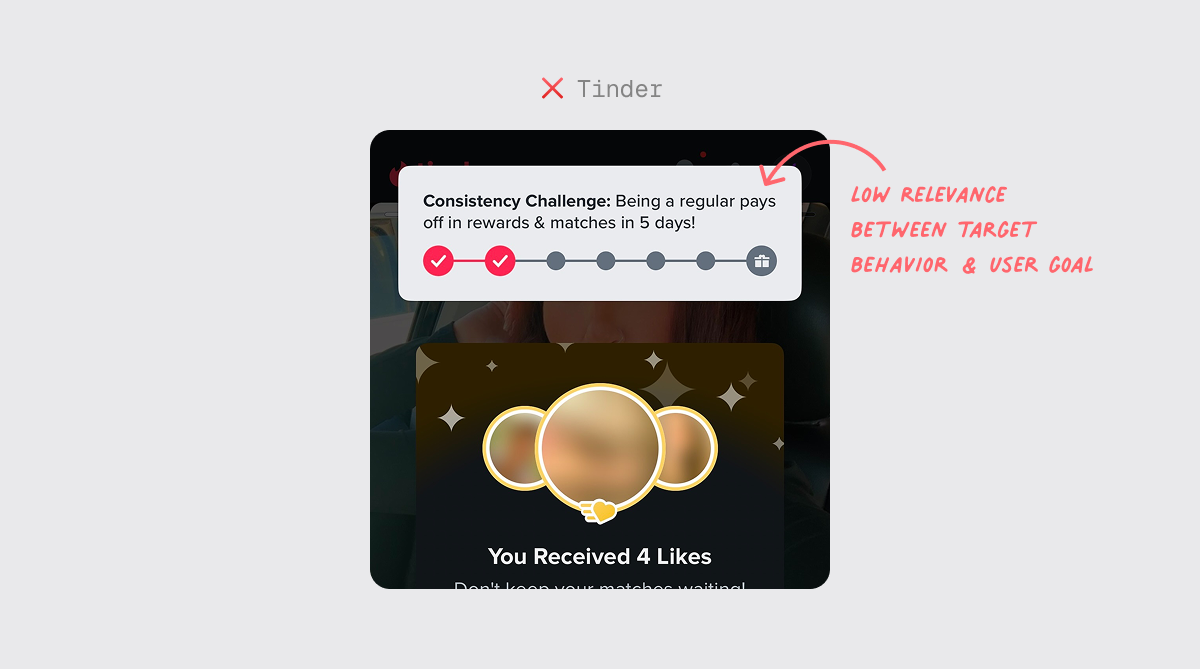
2. Visibility: Keep It Front of Mind
“Out of sight, out of mind” absolutely applies here. People are busy—they won’t remember their streak unless it’s very visible.
Duolingo’s widget is probably one of its best inventions. It gives users perfect visibility of their streak without them needing to open the app. This is something I wish Coursera would implement.
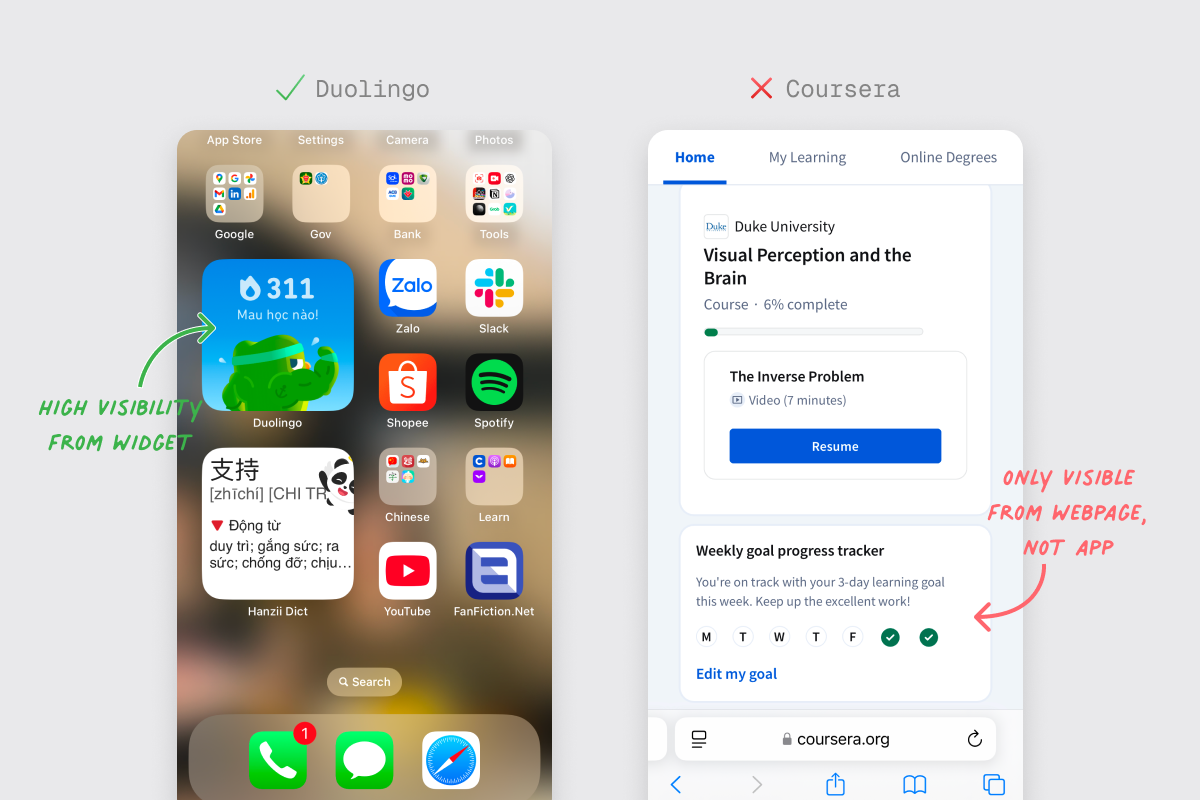
3. Start Small (and Stay Small, Maybe)
Like any habit, the best way to get people to commit early is to make the ask really small. Make it so easy to build that initial streak that users get emotionally invested—and then loss aversion takes over 😉
4. Flexibility: Let Users Customize Frequency
Not all habits should happen every day. Letting users choose how many days a week they want to commit can make the streak feel more realistic and doable. Some apps like Habitica or Fabulous do this well.
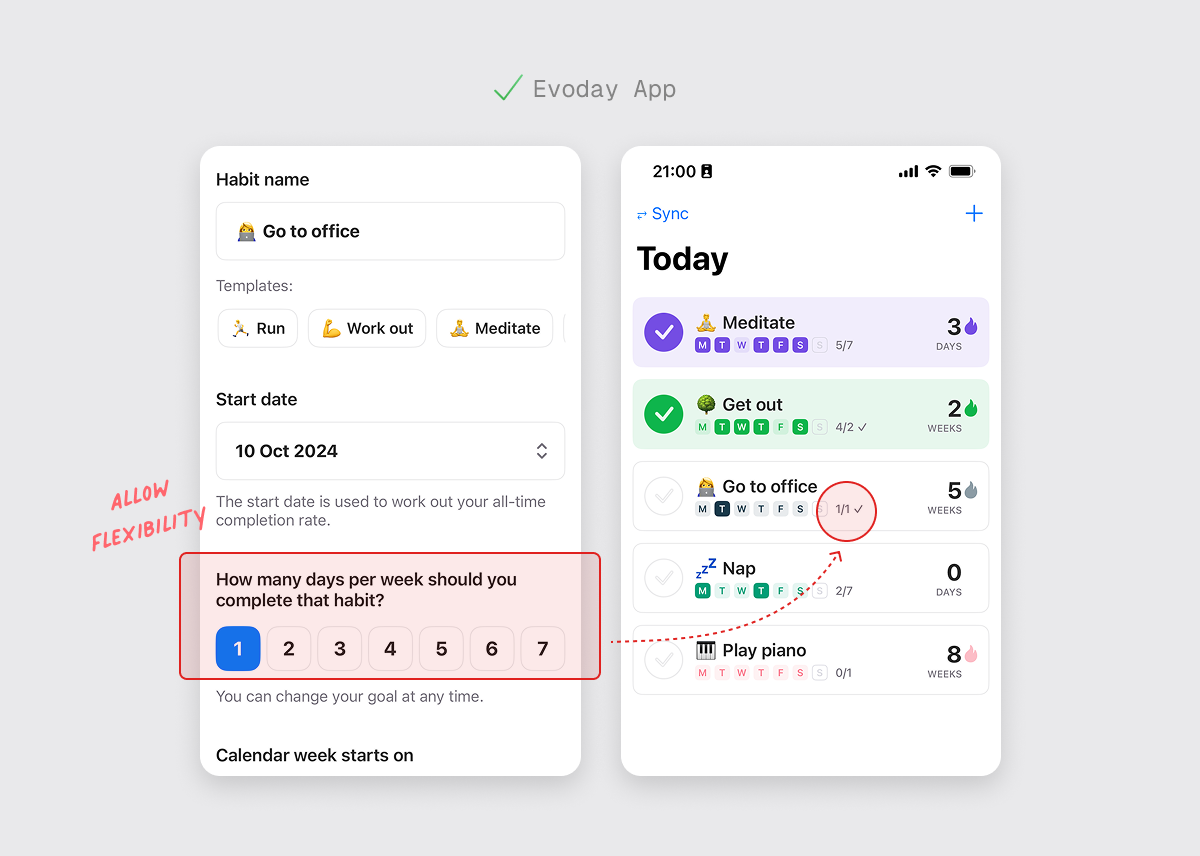
5. Streak Saving: Allow Forgiveness, with Limits
Sometimes people miss a day, even with the best intentions. Plan ahead and give users a way to “save” their streak occasionally—but make it limited or rare.
Duolingo nails this with its Streak Freeze, which users can buy using gems earned from lessons. They’re expensive though, so unless you pay real money, you’ll only have a few to spare. That balance discourages overuse.
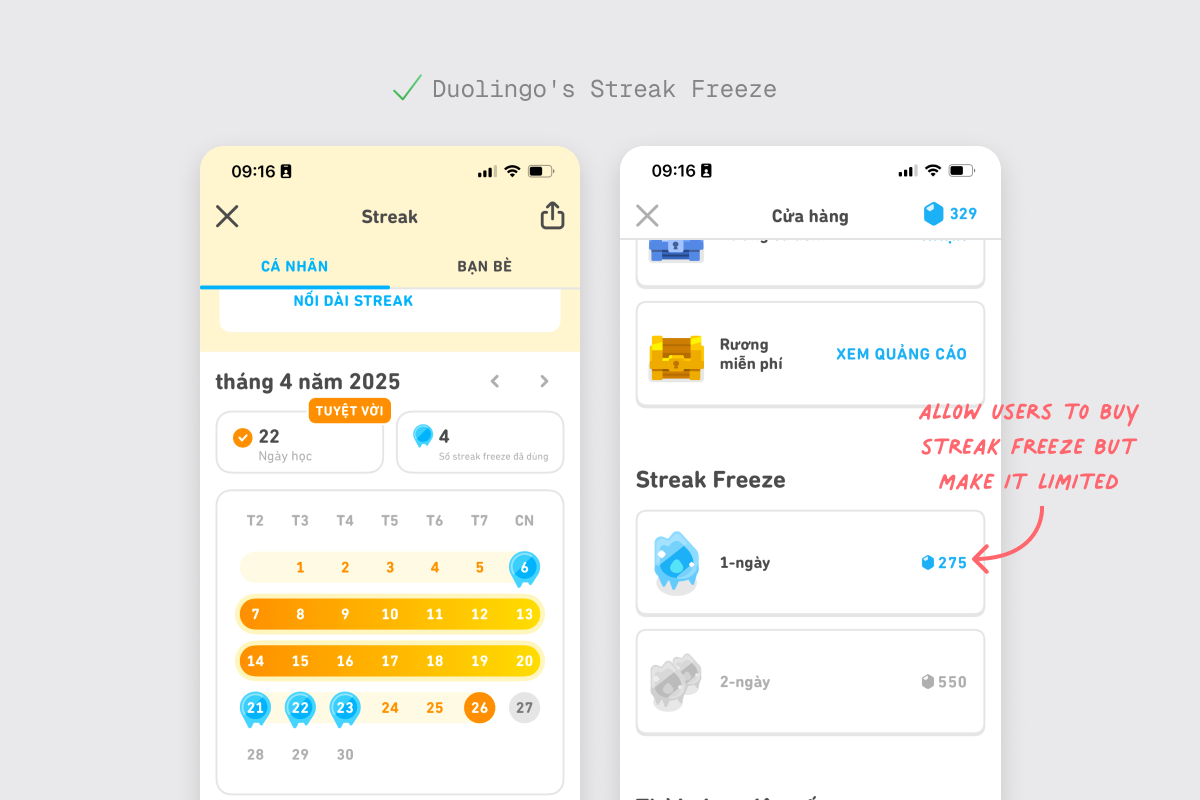
6. Make It Social
Streaks feel even more powerful when they’re shared. There’s identity reinforcement, sure—but there’s also social proof and even a little bit of status.
When your friend has a 100-day streak, you might feel inspired (or competitive). It can become a subtle form of motivation.
Streaks Don’t Work for Everyone
Just like any behavior design strategy, streaks don’t work for everyone. I have friends with 500-day streaks on Duolingo, yet I also have friends who keep losing it at the mark of 20-30 days.
I suppose the effectiveness of a streak varies based on personality and motivation style.
- It may be more effective for people who are conscientious, goal-oriented, achievement-driven, or competitive.
- It might work less for people who are spontaneous, process-oriented, doing things for fun, or less sensitive to loss aversion.
And that’s totally okay. A streak is just one tool. Not a magic one.


